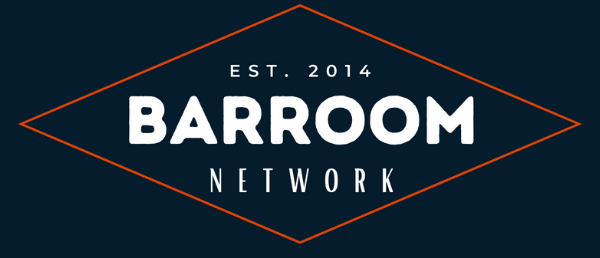
Gabriel Schuster Talk Bears | Preview Giants Game
September 16, 2020
Buffone 55 | Giants at Bears Preview
September 16, 2020In the 2020 season opener against the Lions, Mitchell Trubisky went 8 for 20 in the first half with a passer rating of 58.3. I was one of many that was looking to see if Nick Foles would start the second half. It didn’t happen. The Bears failed to score in the third quarter.
But in the fourth quarter, Trubisky looked like a number 2 overall pick. Goes 8 for 10, throws three touchdowns, with a rating of 143.3. The Bears scored 21 points and won the game.
Afterwards, Matt Nagy said, “The biggest thing we have to get to is the consistency throughout the game. We’ve got to be more consistent…” Going back to 2017, Trubisky himself has repeatedly said he needs more consistent play.
But why is Trubisky so inconsistent, not only from year to year, but from quarter to quarter? The answer to “why” is elusive, but “how” can be seen. In pro football, quarterback play comes down to millimeters and microseconds, and consistent biomechanics.
The winning touchdown was a dime thrown to Anthony Miller to the right post, reminiscent of last year’s week 13, fourth quarter throw to Miller down to the 3 yard line. How did Mitch manage to pull off this throw 2 years in a row, after playing so poorly in the first half? Biomechanics and technique.
Many, many commentators talk about footwork as being the biomechanical holy grail to quarterback technique. However, footwork is often just a symptom of bad hip technique. The hips are what gives the throw power and consistency. It is how Tom Brady can play at age 43, while he certainly doesn’t have the shoulder strength he had at age 23.
What did Trubisky do right on his touchdown throw to Miller?
First, here’s the video.
.@Mtrubisky10 to @AnthonyMiller_3 for the go-ahead score! @ChicagoBears lead 27-23 with 1:54 to go. #DaBears
— NFL (@NFL) September 13, 2020
📺: #CHIvsDET on FOX
📱: NFL app // Yahoo Sports app: https://t.co/DTlgEUZamw pic.twitter.com/6uU9UtGRuv
Now the dissection…
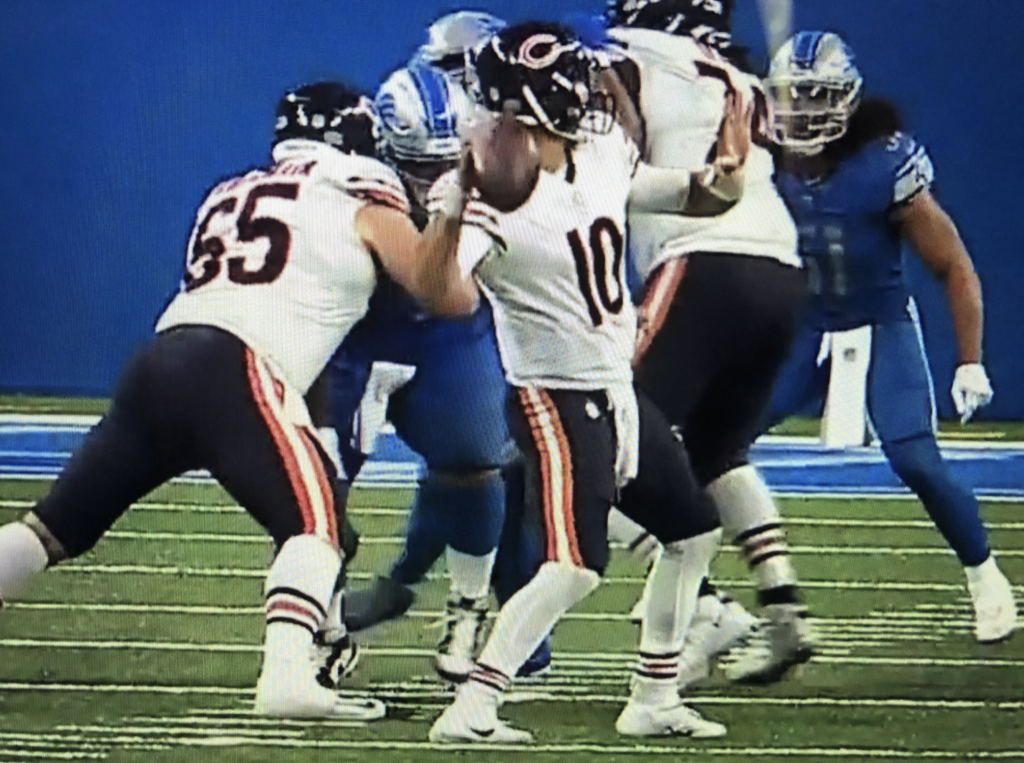
In the beginning of Trubisky’s throw to Miller, he loads his right hip. Note how the right hip is rotated behind the shoulder in the vertical plane, and below the left hip in the horizontal plane. The right heel is firmly planted into the ground, since his weight is on his right side. The ground provides the base for the body to maximize force (mass times acceleration). Force is later translated to ball velocity.
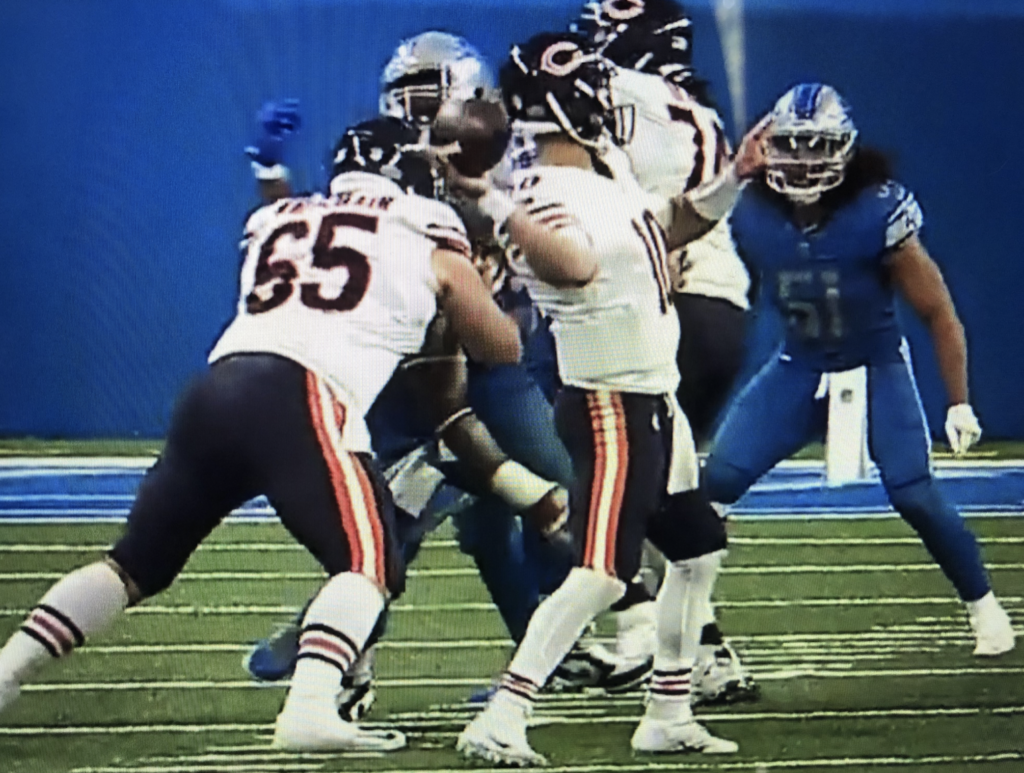
Next, the right hip drives forward, as the football and shoulder lags behind. (Hint: look at the stripe of the pants in comparison to shoulder stripes.) The right hip rises vertically, to transfer weight to the left side. The right heel is lightly touching the ground. Weight transfer happens in the hips, not feet.
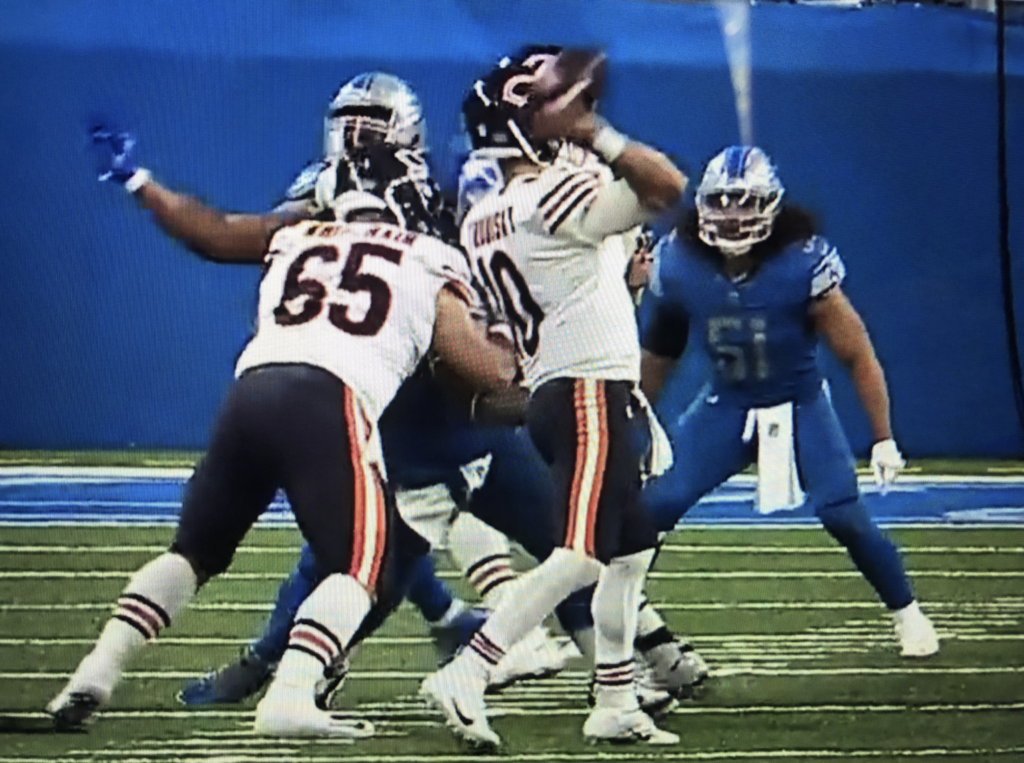
As the ball comes forward and accelerates, the right hip and shoulder are now in the same vertical plane. The right heel continues to come off the ground, but is still touching. The ball is accelerating to the velocity it needs to be delivered downfield.
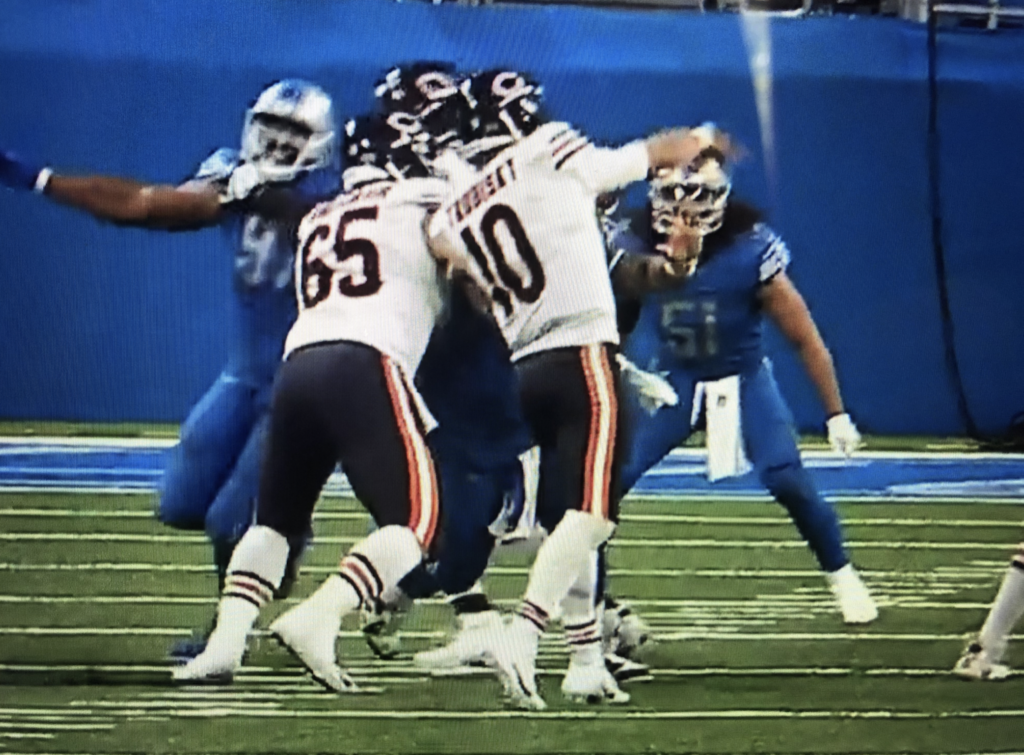
After the ball is released, the right shoulder is ahead of the hip, and the right toe is still on the ground. The hips are slightly to the right of, or square to the target, since their rotational force has transferred to the shoulders through the spine. This movement transfers body force to ball velocity, like the end of a whip. Result: powerful throw, under control, with pinpoint accuracy, for a 27 yard touchdown throw.
In the first quarter, Trubisky threw behind Ted Ginn Jr. on a crossing route on fourth down.
Okay arm chair QBs. What did Mitch Trubisky do wrong with this throw? pic.twitter.com/8Uo6ogO23i
— Bears Barroom (@BearsBarroom) September 13, 2020
What was the difference?

It all falls apart here. This is the point where Mitch should be loading the hips for power. But the hips are parallel to the ground, instead of right hip low. The right hip is already even with the right shoulder in the vertical plane. The right foot is lightly on the ground, instead of planted.
This is where many would say this is a “footwork” problem, but it is actually poor hip mechanics. He can’t plant the foot if the hips are level to the ground and aligned vertically with the shoulder. He can’t use his hips to generate power if they are not behind the shoulder. A great deal of potential force is already lost at this point.

As the ball starts forward, the hips and shoulders are moving in tandem, like the top and bottom of a door. Perhaps Trubisky’s brain senses this and attempts to rotate the hips and shoulders even more to give added force to the ball.

Due to poor technique, the throw is far behind on Ginn’s crossing pattern. The hips are to the left of the target, which is a yard to the right of the hash marks in the picture. He is trying to transfer his weight, but since he did not load his right hip, it can’t happen. The right foot is far off the ground, like he’s pushing against air.
Instead of coiling and uncoiling his body into a forceful throw, he tries to rush his hips and shoulders together to accelerate the ball. His brain is trying to time the release, but since he’s lost power and his shoulders are not where they are supposed to be, the brain tries, but fails, to compensate.
While throwing technique is a skill, is consistent muscle memory a skill or a trait? Can you develop strong, consistent muscle memory worthy of a top NFL quarterback? I know many people with far better memories than my own. While I can improve marginally, I will never be Ken Jennings or James Holzhauer.
Perhaps Trubisky has better mechanics when he throws to the right post than on crossing patterns. His analytics show he has consistency problems in throwing to different parts of the field, under different circumstances. But a franchise NFL quarterback can’t have big gaps in their games. Perhaps possessing strong muscle memory is the root cause to Trubisky’s consistency woes.
Maybe he just got off to a rough start against the Lions, and his consistency and mechanics are already there.
Time is running out to find out.
Written by
Dan Wiggins
Twitter @danwdc
